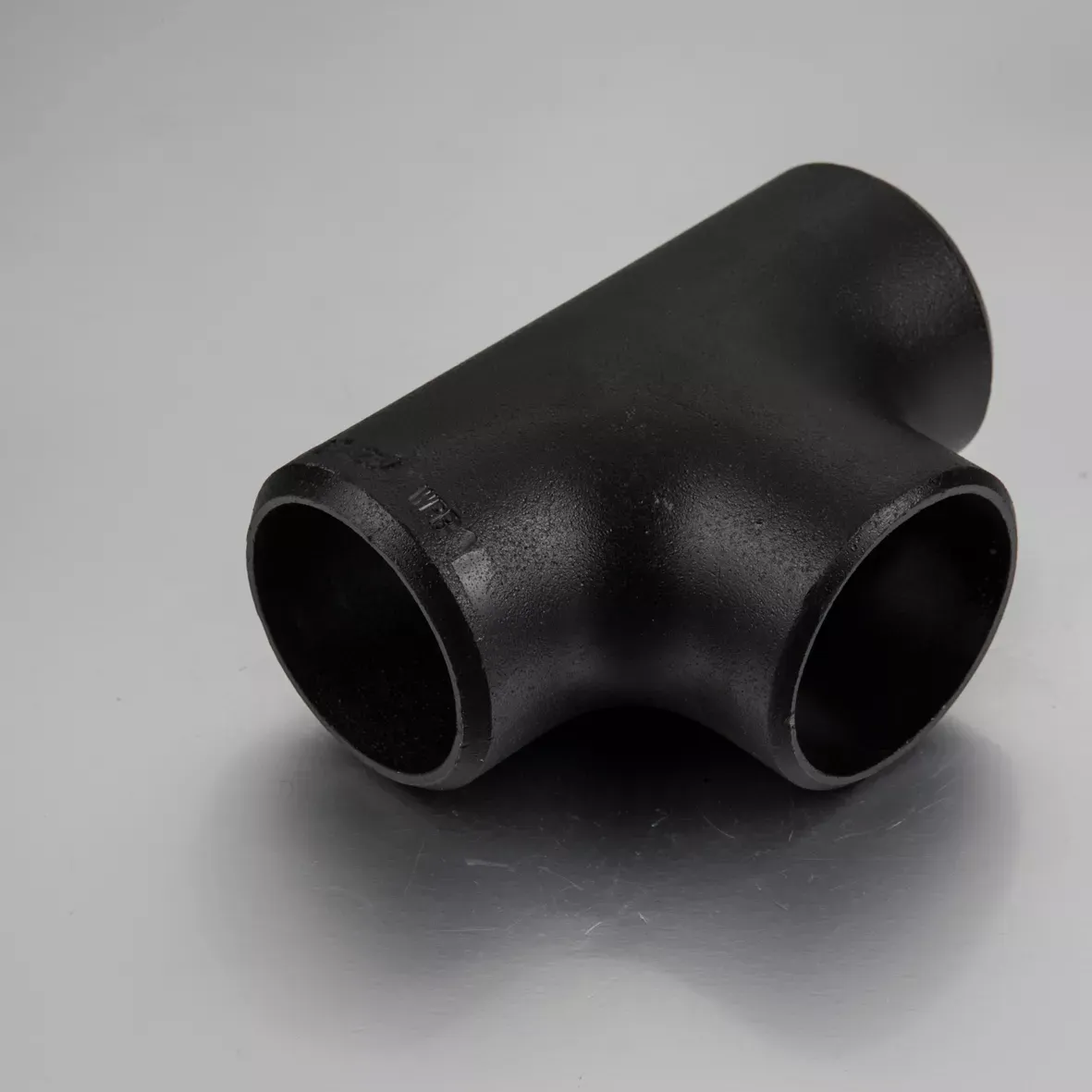-
Cangzhou Yulong Steel Co., Ltd.
-
Phone:
+86 13303177267 -
Email:
admin@ylsteelfittings.com
- English
- Arabic
- Italian
- Spanish
- Portuguese
- German
- kazakh
- Persian
- Greek
- French
- Russian
- Polish
- Thai
- Indonesian
- Vietnamese
- Zulu
- Korean
- Uzbek
- Hindi
- Serbian
- Malay
- Ukrainian
- Gujarati
- Haitian Creole
- hausa
- hawaiian
- Hebrew
- Miao
- Hungarian
- Icelandic
- igbo
- irish
- Japanese
- Javanese
- Kannada
- Khmer
- Rwandese
- Afrikaans
- Albanian
- Amharic
- Armenian
- Azerbaijani
- Basque
- Belarusian
- Bengali
- Bosnian
- Bulgarian
- Catalan
- Cebuano
- China
- China (Taiwan)
- Corsican
- Croatian
- Czech
- Danish
- Esperanto
- Estonian
- Finnish
- Frisian
- Galician
- Georgian
- Kurdish
- Kyrgyz
- Lao
- Latin
- Latvian
- Lithuanian
- Luxembourgish
- Macedonian
- Malgashi
- Malayalam
- Maltese
- Maori
- Marathi
- Mongolian
- Myanmar
- Nepali
- Norwegian
- Norwegian
- Occitan
- Pashto
- Dutch
- Punjabi
- Romanian
- Samoan
- Scottish Gaelic
- Sesotho
- Shona
- Sindhi
- Sinhala
- Slovak
- Slovenian
- Somali
- Sundanese
- Swahili
- Swedish
- Tagalog
- Tajik
- Tamil
- Tatar
- Telugu
- Turkish
- Turkmen
- Urdu
- Uighur
- Welsh
- Bantu
- Yiddish
- Yoruba

Oct . 12, 2024 19:58 Back to list
threaded couplings steel pipe
Understanding Threaded Couplings for Steel Pipes
Threaded couplings are essential components in the construction and engineering industries, particularly when dealing with steel piping systems. These couplings facilitate the connection of pipe segments, ensuring a secure and leak-free assembly necessary for various applications, including plumbing, oil and gas, and structural frameworks.
What Are Threaded Couplings?
Threaded couplings are fittings that allow two pieces of pipe to be joined together via threaded ends. The female end of the coupling contains internal threads that match the external threads of the pipe, creating a tight seal when fastened. This threading mechanism is vital for ensuring a reliable connection that can withstand significant pressure and movement.
Benefits of Using Threaded Couplings
One of the primary advantages of threaded couplings is their ease of installation. Unlike welded joints, which require specialized equipment and skills, threaded couplings can be quickly installed with basic hand tools. This simplicity not only saves time but also reduces labor costs, making it a favored choice among contractors.
Another advantage is the flexibility they offer. With threaded couplings, pipes can be easily disassembled and reassembled, allowing for quick repairs or modifications to existing systems. This feature is particularly useful in applications where pipes may need to be changed frequently or where access to certain areas is limited.
Threaded couplings also provide a secure seal when appropriately installed. The metal-to-metal contact of the threads, combined with pipe thread sealants or PTFE tape, minimizes the risk of leaks. This is crucial in high-pressure applications, where even a small leak can lead to significant safety hazards and economic losses.
threaded couplings steel pipe

Applications of Threaded Couplings
Threaded couplings are used in various applications that involve steel pipes. In residential plumbing systems, they connect pipes that deliver water to and from fixtures. In industrial settings, they are integral to supplying gas, chemicals, and other fluids. Moreover, in construction, threaded couplings can connect structural steel elements, aiding in the assembly of frameworks that demand strength and stability.
Considerations When Using Threaded Couplings
While threaded couplings offer numerous advantages, specific considerations must be kept in mind. For instance, the material used for the coupling should match or be compatible with the pipes to avoid corrosion, which can compromise the integrity of the connection. Additionally, the appropriate thread type and sealing method must be selected based on the application and operating conditions.
Another aspect to consider is the maximum pressure rating of the coupling and the pipes it connects. Exceeding these limits can lead to failures, causing safety issues and potential hazards. Regular inspections and maintenance can help identify wear and tear or corrosion that may affect the functionality of the threaded connections.
Conclusion
In summary, threaded couplings for steel pipes play a vital role in various industries by providing secure and flexible connections. Their ease of installation, ability to create leak-proof joints, and adaptability for different applications make them indispensable for engineers and contractors alike. Understanding their benefits, appropriate applications, and maintenance necessities is crucial for anyone working with steel piping systems. When applied correctly, threaded couplings can significantly enhance the efficiency and safety of pipeline installations.
Latest news
-
ANSI 150P SS304 SO FLANGE
NewsFeb.14,2025
-
ASTM A333GR6 STEEL PIPE
NewsJan.20,2025
-
ANSI B16.5 WELDING NECK FLANGE
NewsJan.15,2026
-
ANSI B16.5 SLIP-ON FLANGE
NewsApr.19,2024
-
SABS 1123 FLANGE
NewsJan.15,2025
-
DIN86044 PLATE FLANGE
NewsApr.19,2024
-
DIN2527 BLIND FLANGE
NewsApr.12,2024
-
JIS B2311 Butt-Welding Fittings LR/SR 45°/90° /180°Seamless/Weld
NewsApr.23,2024











